Vision Pro and the Changing Landscape of Developer Workloads
Introduction
The introduction of mixed-reality headsets like the Apple Vision Pro has significantly altered the landscape of developer workloads, ushering in a new era of immersive applications and experiences. The Vision Pro, with its advanced capabilities for both augmented reality (AR) and virtual reality (VR), has opened up a fresh realm of possibilities for developers, but it has also introduced new challenges and complexities in terms of the design, testing, and optimization of applications.
The Vision Pro: A Game Changer for Developers
Before we delve into how the Vision Pro has changed the developer landscape, let's first understand what makes this device so unique.
Key Features of Vision Pro
- AR and VR Integration: The Vision Pro seamlessly blends AR and VR capabilities to provide a highly immersive user experience. This dual functionality allows developers to create applications that overlay digital elements onto the real world (AR) or provide fully immersive virtual environments (VR).
- High-Resolution Display: The high-quality display of the Vision Pro supports high-definition images and 3D content, offering a crisp and realistic visual experience for users.
- Eye and Hand Tracking: The device uses advanced sensors to track user eye movements and gestures, allowing for intuitive control of applications without a separate controller.
- Powered by Apple Silicon: Running on Apple’s M2 chip, the Vision Pro offers high performance for applications, supporting complex, resource-intensive workloads.
Implications for Developers
Increased Complexity of Workloads
The integration of AR and VR technologies in the Vision Pro means that developers now need to design and optimize applications for both types of experiences. This adds a layer of complexity to the development process, as developers must consider factors like user interaction, 3D modeling, real-time rendering, and performance optimization for both AR and VR environments.
Need for New Skills and Tools
Developing for mixed reality requires a different set of skills and tools compared to traditional software development. Developers need to understand 3D modeling, computer graphics, and spatial computing. Additionally, they need to master new development tools and frameworks designed for AR/VR development.
Testing and Optimization Challenges
Testing applications for a mixed-reality environment can be challenging due to the wide range of variables involved, from user movements and interactions to real-world lighting conditions. Developers need to ensure their applications perform well under all these conditions, which requires extensive testing and optimization.
Higher Performance Demands
The high-resolution display and real-time rendering capabilities of the Vision Pro demand high-performance applications. Developers need to ensure that their applications can handle these performance demands without compromising on user experience or draining the device’s battery life.
Adapting to the New Landscape
Despite the challenges, the Vision Pro also brings exciting opportunities for developers. With the right skills and tools, developers can create innovative applications that leverage the full potential of the Vision Pro, providing users with truly immersive AR and VR experiences.
- Embrace New Development Tools: Developers need to master new tools and frameworks designed for mixed-reality development. Apple’s ARKit, for example, provides a comprehensive suite of tools for AR development, including 3D rendering, motion tracking, and spatial mapping capabilities.
- Invest in Skills Development: Building AR and VR applications requires a different set of skills, including 3D modeling, computer graphics, and spatial computing. Developers need to invest in learning these new skills to stay relevant in the mixed-reality arena.
- Focus on User Experience: The success of an AR or VR application largely depends on the user experience it provides. Developers need to focus on creating intuitive, engaging experiences that make the most of the Vision Pro’s capabilities.
Conclusion
The introduction of the Apple Vision Pro has undoubtedly transformed the landscape of developer workloads, bringing both new challenges and opportunities. By embracing new tools and skills and focusing on user experience, developers can navigate this new landscape successfully, creating innovative applications that redefine the boundaries of what's possible with mixed-reality technology.




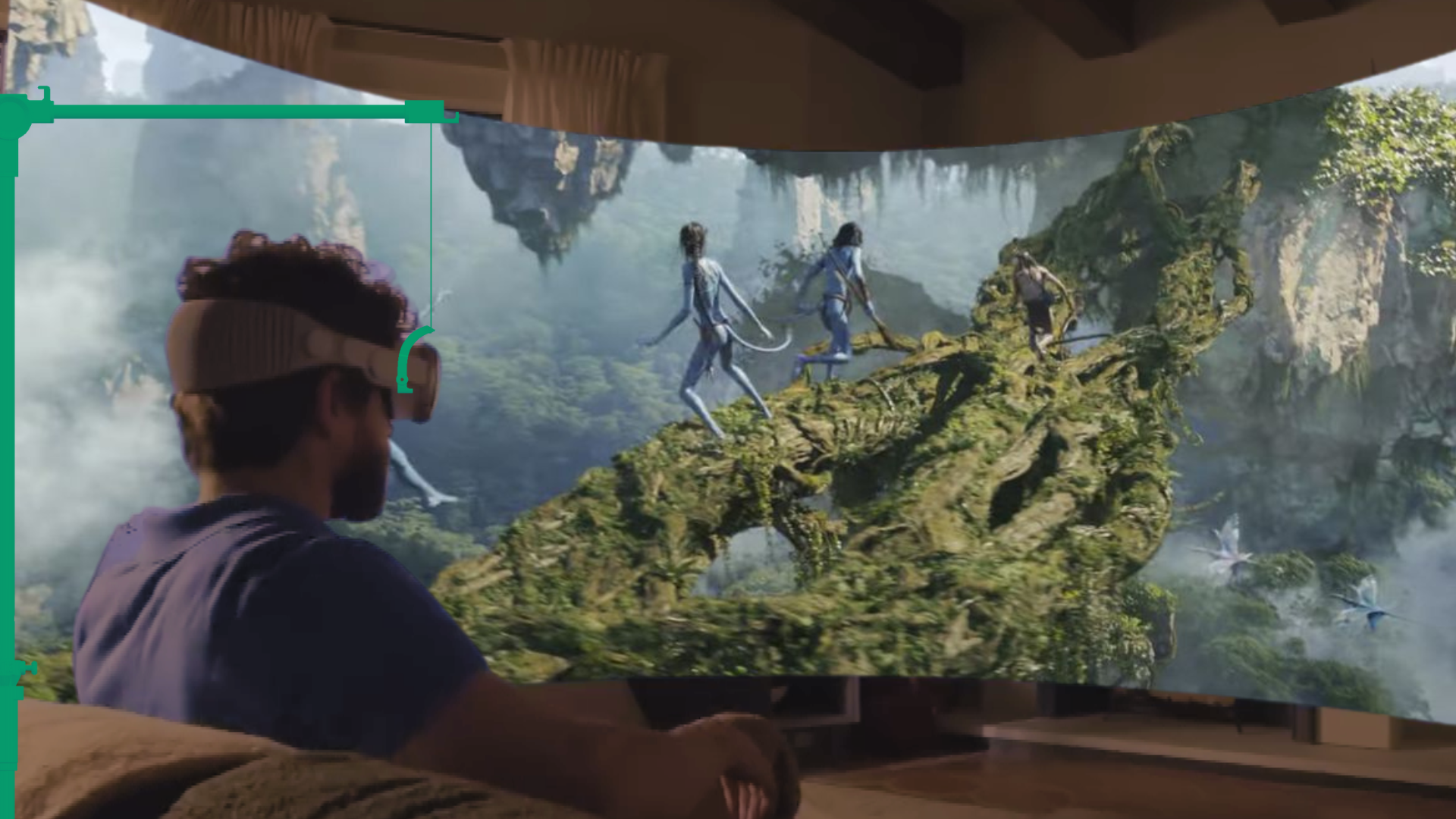
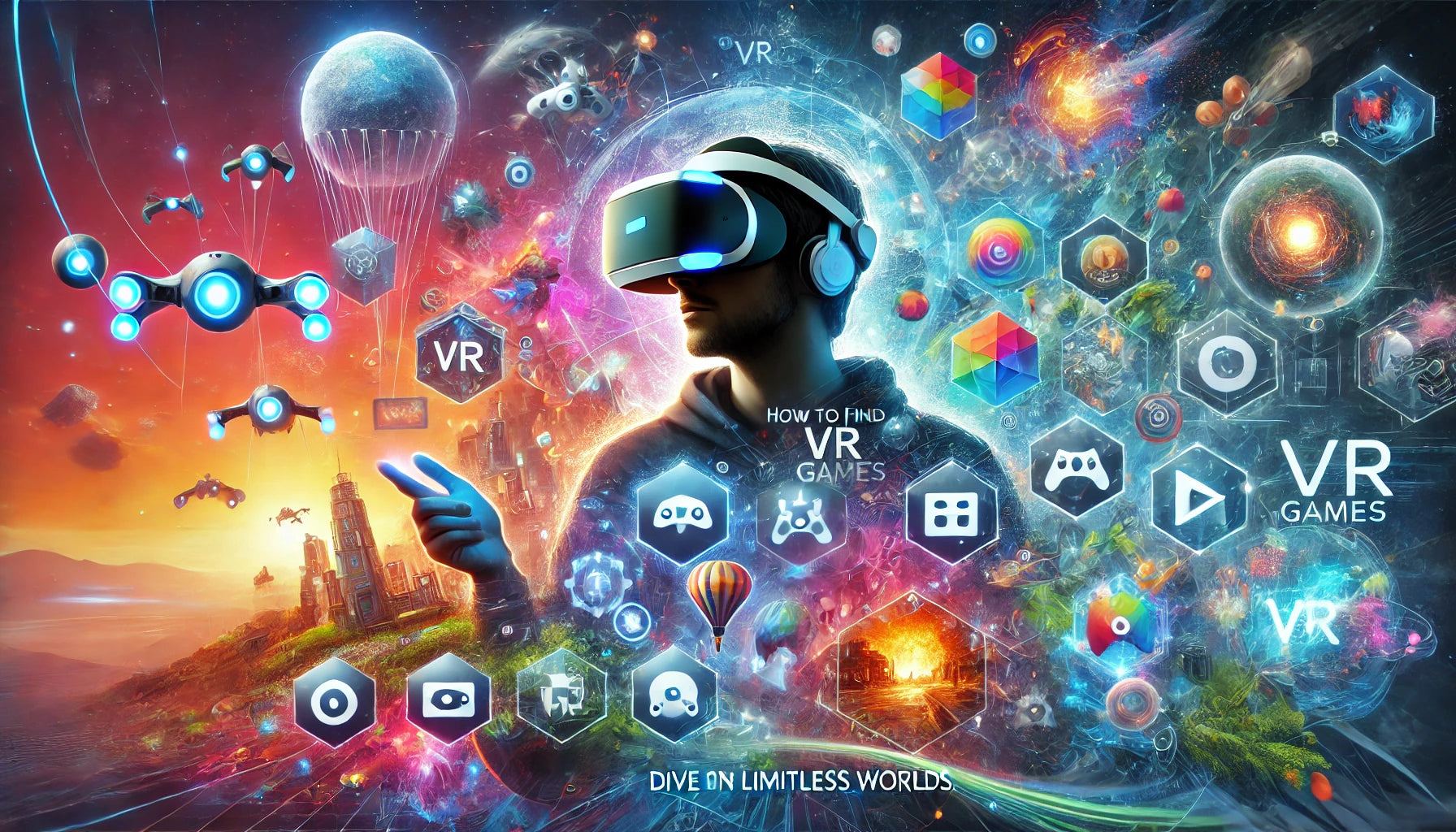
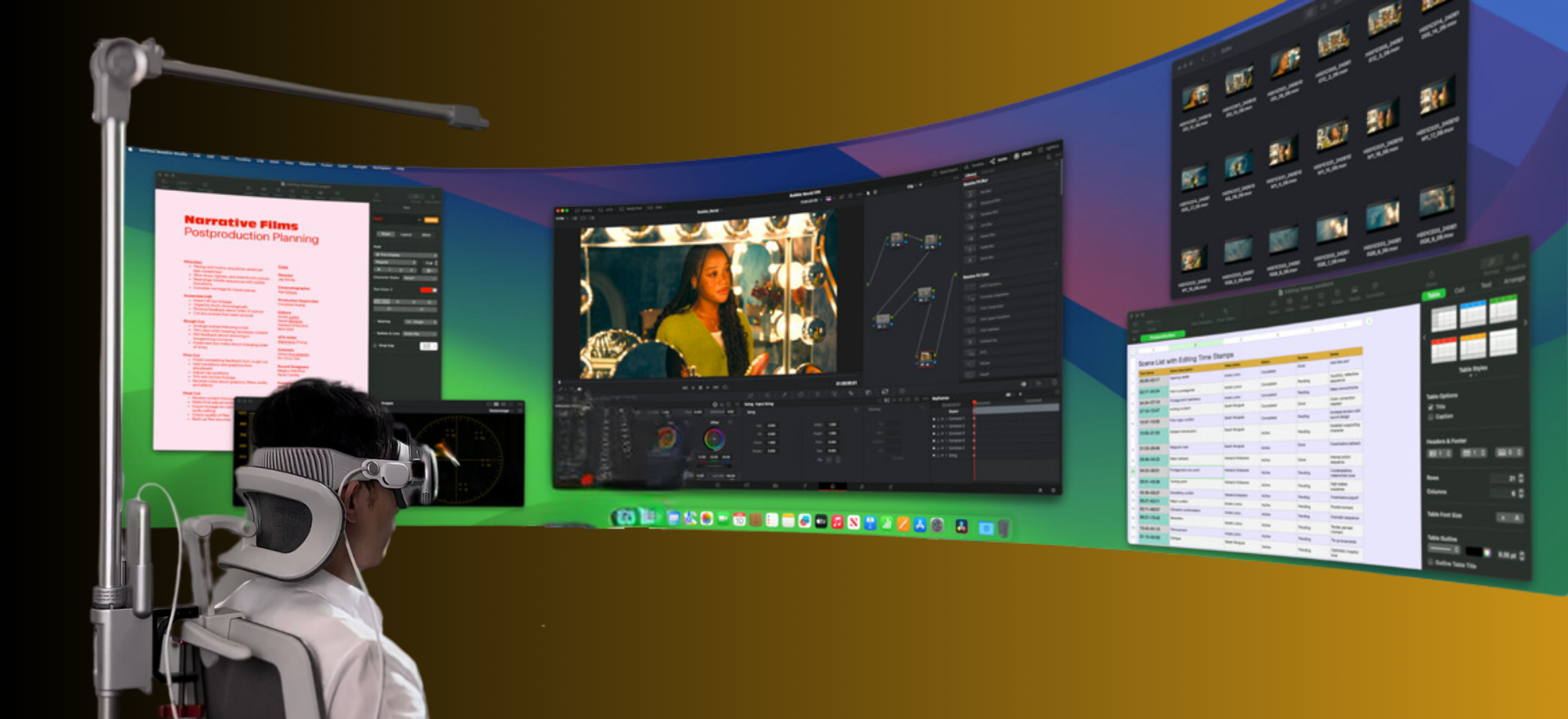
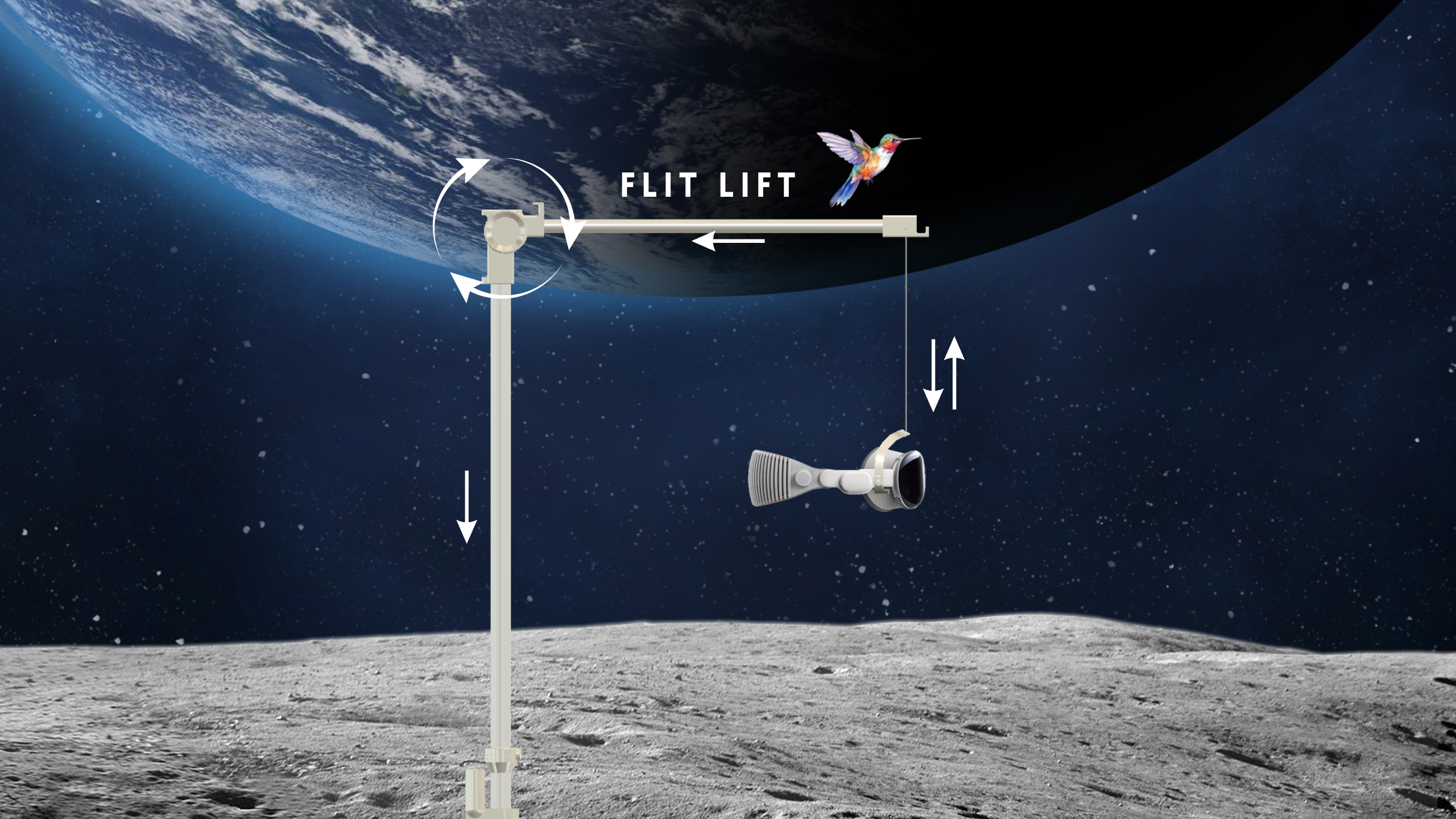
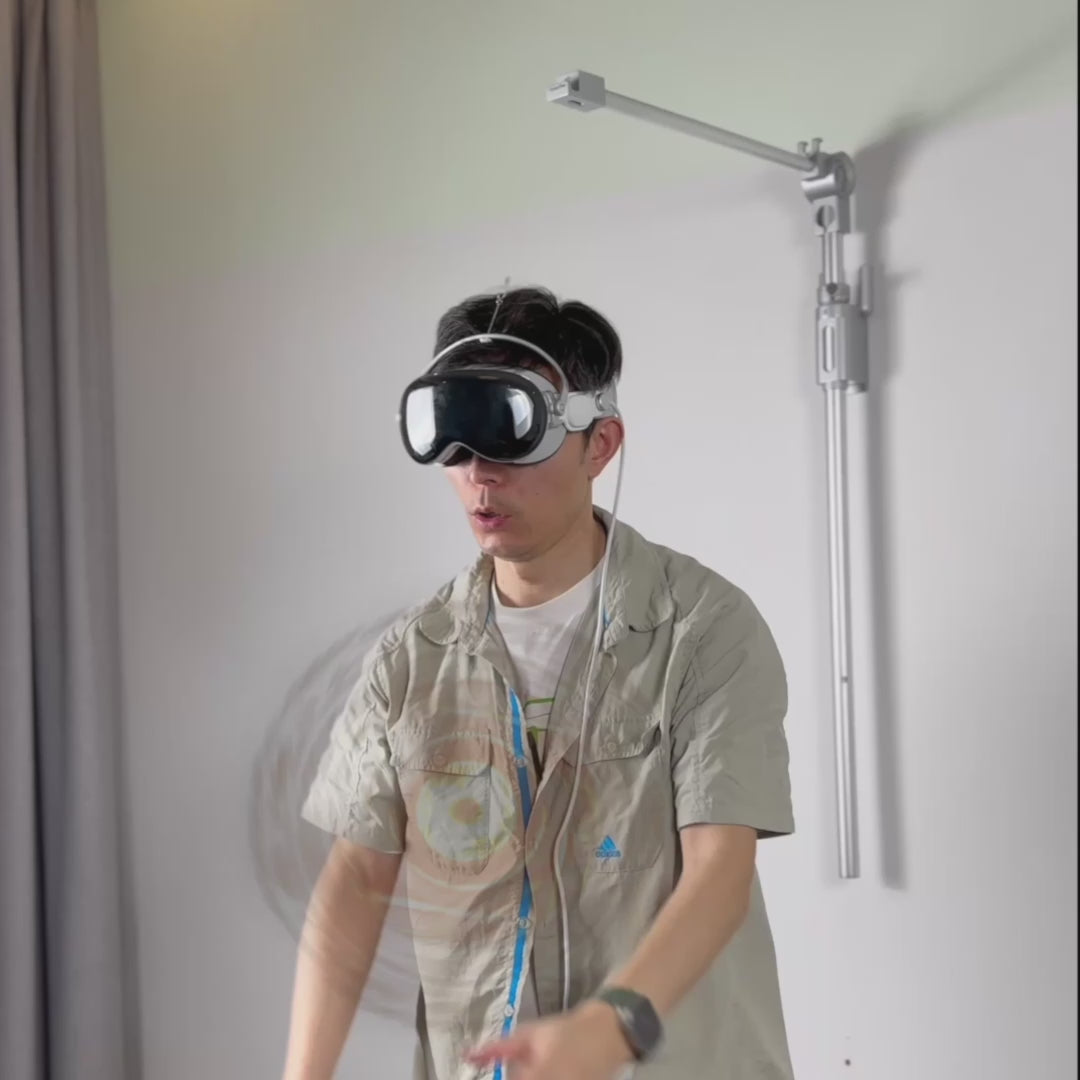
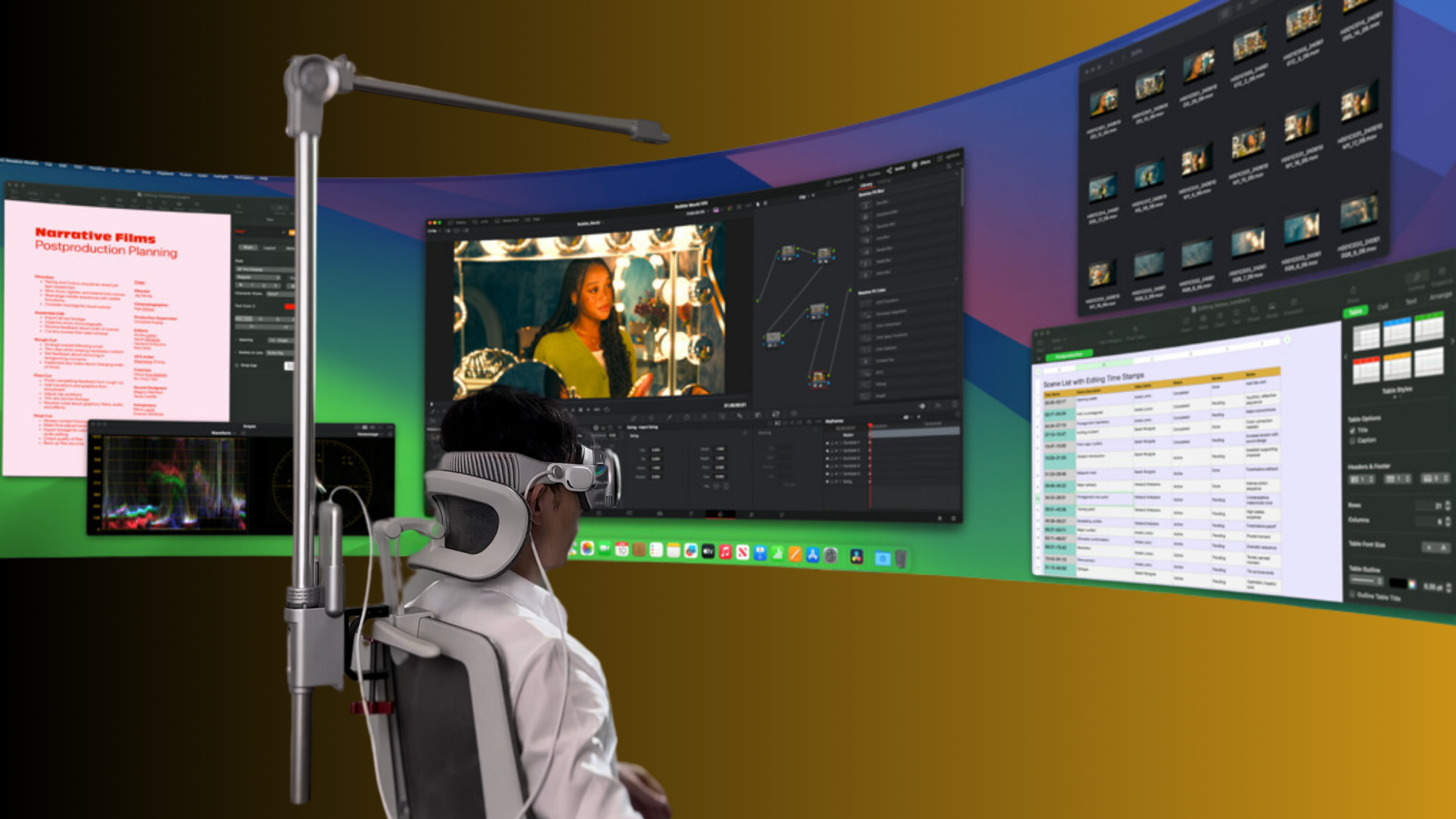
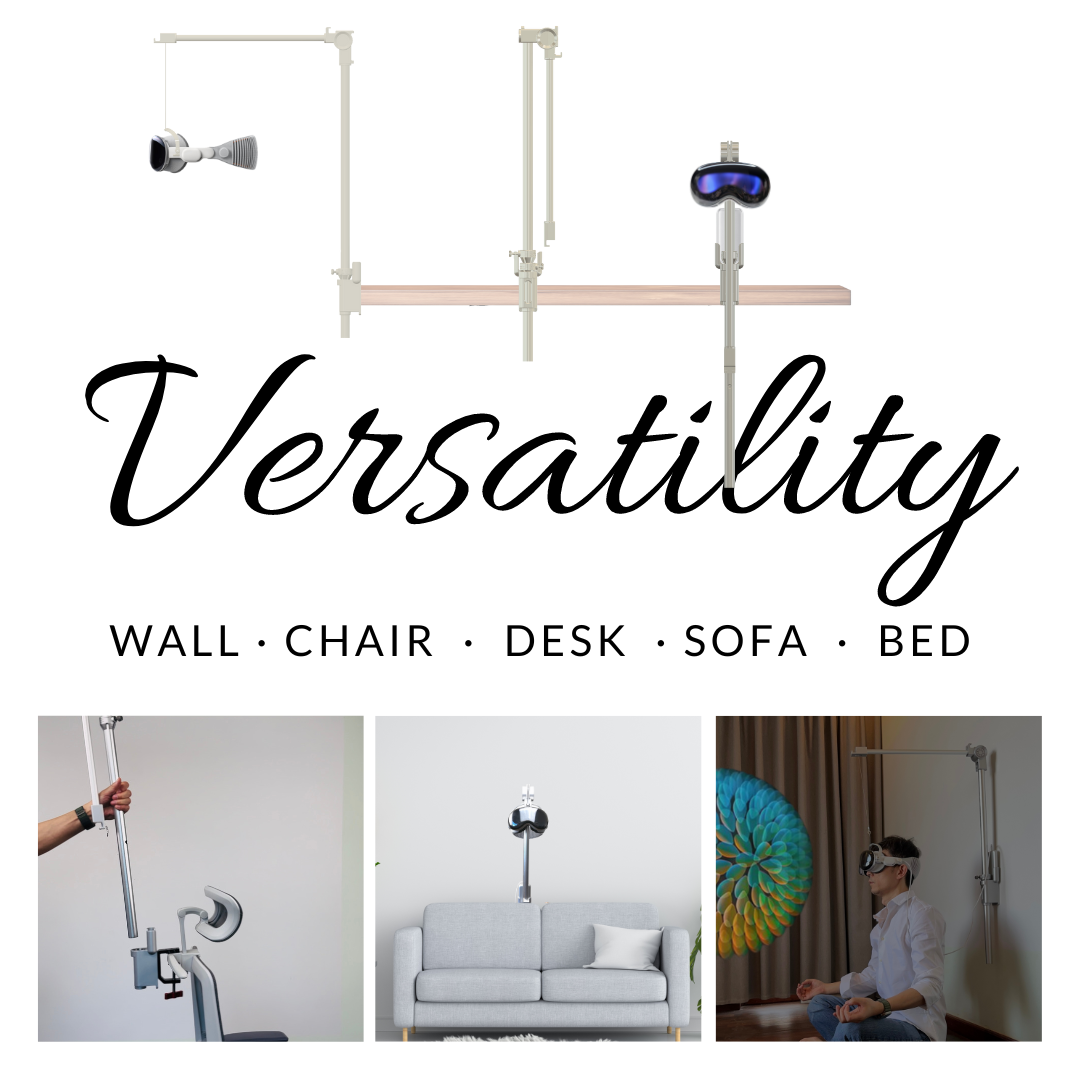
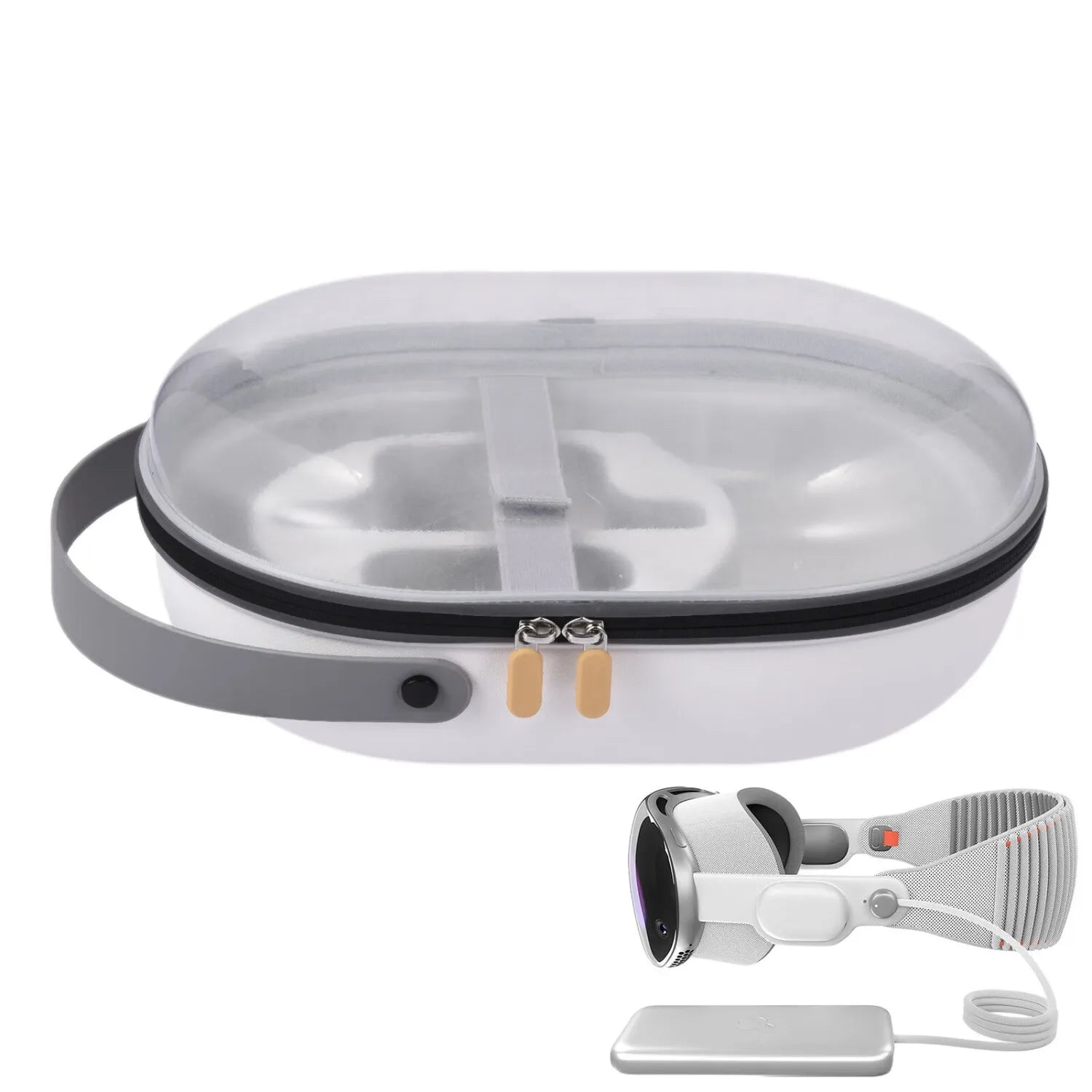
Share:
Overcoming the Fatigue Factor: Managing Developer Stress in the Vision Pro Era
Vision Pro and the Changing Landscape of Developer Workloads